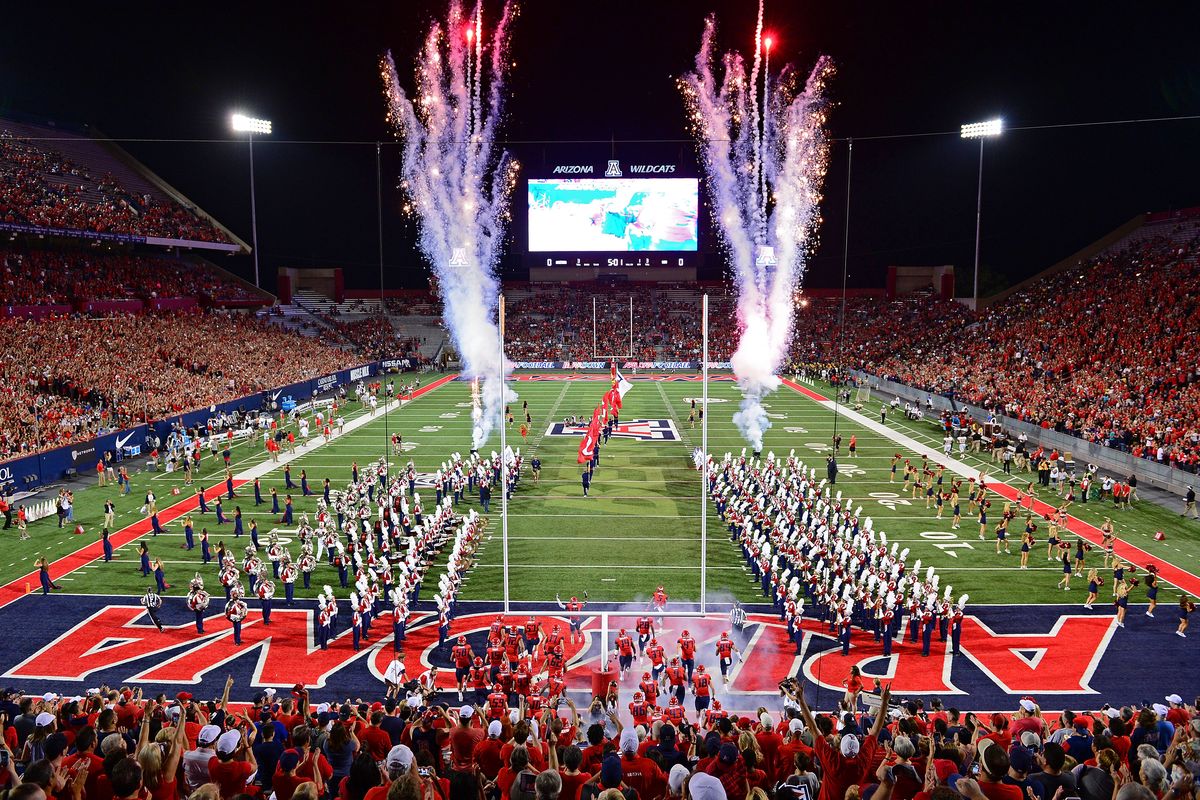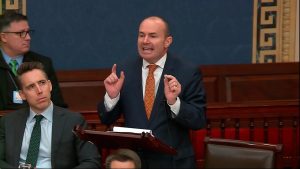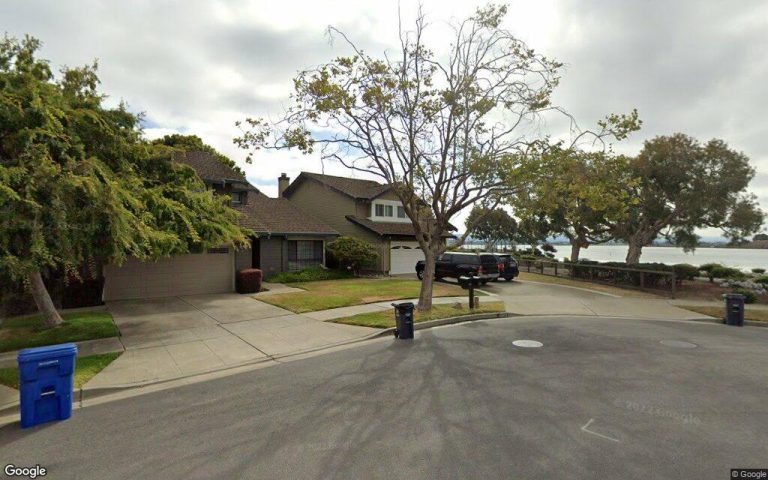The financial mess that engulfed Arizona late last year created angst across the campus, likely contributed to athletic director Dave Heeke’s departure and seemingly played a role in president Robert Robbins’ decision to step down at the end of his contract term.
But after examining Arizona’s financial affairs, the Hotline wondered what all the fuss was about.
Yes, the Wildcats needed a $31.6 million “bridge loan” to make the math work for their 2022-23 fiscal year budget. And that came on top of $12.2 million in direct support from the university
But we’ve seen worse. This is the Pac-12, the land of deep deficits and bleeding budgets. Arizona was hardly alone in its heavy reliance on help from central campus.
An analysis of financial data by the Hotline revealed that the 10 public schools and Stanford received $150.5 million in direct university support in 2023 — an average of $13.7 million per school. (USC’s data was not available.)
According to NCAA financial reporting regulations, that support is booked as revenue and takes two forms: direct transfers from campus to athletics; and revenue from student fees allocated to athletics.
Last year, the Wildcats received $12.2 million in direct campus support, which accounted for 8.5 percent of their $143.1 million in reported revenue. They logged $142.8 million in expenses, creating a narrow surplus of $300,000.
Remove the $12.2 million in transfers and student fees, and that surplus turns into an operating shortfall of $11.9 million.
Granted, that’s a bright red number. But eight of the other 10 schools that made their financial data available experienced far steeper budget shortfalls when direct campus support was removed from the revenue total.
Washington took an $8.7 million hit without campus support, while Oregon turned a $3.8 million profit without any help.
However, there’s a complicating factor with Arizona: The $31.6 million bridge loan to athletics.
It’s not booked as direct support; it’s not considered a cash transfer from campus or an allocation of student fees. It’s a good, old fashioned loan that’s included on line 6A in Arizona’s financial report to the NCAA.
Line 6A is intended for “Indirect Institutional Support,” which covers athletic facilities debt service, lease and rental fees.
Specifically, the NCAA defines the category in this manner: “Input debt service payments (principal and interest, including internal loan programs), leases and rental fees for athletics facilities for the reporting year provided by the institution to athletics but not charged to athletics.”
The bridge loan to athletics was not related to facilities but was described by a university spokesperson as “an internal funding tool used to cover the operational deficit.”
Either way, Arizona athletics booked the loan as revenue, just as it booked direct transfers and student fees as revenue.
What happens when we account for the impact of the loan on Arizona’s bottom line? That $11.9 million shortfall turns a much deeper shade of red.
Remove the loan, the direct transfers to athletics and the student fees allocated to athletics, and Arizona booked $99.3 million in organically-generated revenue against operating expenses of $142.8 million — for a shortfall of $43.5 million.
That’s approximately $5 million more than the deficits incurred by UCLA, which produces a massive shortfall on an annual basis.
Related Articles
Danny Hurley was right: ASU doesn’t support MBB, per financial docs
Pac-12 schools bled cash in FY23, relied heavily on campus support
Mailbag: Fate of WC quartet in Big Ten, next step for ‘Pac-2’ and more
Pac-12 FB recruiting: Oregon hires Samples, major recruit follows
Best of the West MBB rankings: Zags, BYU top the region in 2025
It’s slightly more than Colorado’s bill, as well. The Buffaloes incurred a $38.5 million shortfall without campus support.
Stanford’s total deficit was a mere $33.3 million.
Cal was $31.1 million in the hole.
(It won’t get demonstrably better this year, either. John Arnold, Arizona’s interim chief financial officer, expects a shortfall of $32 million from athletics in FY2024, according to a presentation he made to campus a few months ago.)
But additional context is required, for Arizona’s $43.5 million deficit in 2023 wasn’t the steepest in the conference when removing university transfers from the calculation.
One school beat the Wildcats in the race to the bottom: Arizona State.
The Sun Devils reported an operating shortfall of $27.1 million, but the amount included $16.6 million in direct campus support.
Remove that figure, and ASU’s athletic department booked $98 million in revenue and $141.7 million in expenses.
That’s a $43.7 million hole — or $200,000 more than Arizona.
In basketball terms, the Sun Devils lost on a buzzer beater.
*** Send suggestions, comments and tips (confidentiality guaranteed) to pac12hotline@bayareanewsgroup.com or call 408-920-5716
*** Follow me on Twitter/X: @WilnerHotline
*** Pac-12 Hotline is not endorsed or sponsored by the Pac-12 Conference, and the views expressed herein do not necessarily reflect the views of the Conference.












